What type of math is on the GRE?
What do integral calculus, trigonometry, and geometry proofs all have in common? Well, besides being three things you probably don’t enjoy doing for fun, they also do not show up on the GRE. That’s right, all higher-level math is absent from the GRE.
The type of math that shows up on the GRE is the stuff you most likely learned as a high school sophomore or junior. Sure you may have forgotten much–if not all–of this information. To give you a little refresher: basic properties of shapes (circles, quadrilaterals, etc.), integer properties, exponents, word problems (this includes rate questions and probability). Really, not much beyond that.
What makes the GRE so tricky is the complexity and impenetrability of many of the questions. Once you figure out what the question is asking, the math involved isn’t nearly as long-winded as what you probably did in high school. You know, where you teacher exactingly checked your homework to make sure that you followed each of thirteen steps to arrive at the solution. Indeed, with the GRE, you don’t even have to show your work. You just have to pick the right answer.

What does the GRE math section test?
The GRE math definitely tests your ability to deal with number properties and standard geometric figures. Yet, at a deeper level, it really tests the way you go about solving problems (half of the questions are filed under Problem Solving, after all). In essence, the GRE math section tests your ability to reason with numbers. Often, the key to solving a question is to logically unwrap the problem, instead of just crunching a bunch of numbers.


GRE Quantitative: What are the different question types on the GRE Math section?
The GRE Quantitative section is broken up into Problem Solving questions and Quantitative Comparison (QC) questions. The math section will always begin with either seven or eight QC questions. For each QC question you must compare two columns, A and B, to determine which one is bigger.
The Problem Solving section consist of up to five-answer multiple-choice questions, multiple-answer questions, and Numeric Entry questions. Numeric Entry questions have no answer choices. You must type your answer into a box.
Quantitative Comparison, Problem Solving, and Numeric Entry can all test you on various math concepts (Geometry, Probability, etc.). See the chart below for more info on the subjects the GRE tests.

What math concepts will show up on the test?
This is going to basically be a cut and dry answer in which I just give you a bunch of facts and figures. To snazzy things up here is a useful graph:
For more on how we got these numbers and what they mean, check out our Breakdown of the Most Commonly Tested GRE Quant Concepts.

What “tricks” do I need to know for the math?
The questions are written in such a way as to confuse you. The incorrect answers are not chosen at random either; the test creators know exactly how students tend to misinterpret questions—and they’ll have the “right” answers waiting to trap you, unless you are careful. Other times a question seems deceptively simple and you quickly blaze through the question, unaware you’ve just fallen into a trap. Be on guard, if a problem seems easy, and you’ll be less likely to get trapped. That is, by taking just a little more time you will learn to spot the traps. This skill, in itself, is a “trick.”

Other “tricks” include estimation, which can help you hone in on the correct answer, without having to resort to the calculator. While convenient, the calculator can eat up your time as you busily punch in large, unwieldy numbers. For instance, if you have to convert the fraction 191/504 into a percentage, note how 19/50 is a very close approximation. 19/50 is the same as 38/100, which is 38%. Questions of this nature often ask for an approximation. Additionally, the answer choices are spaced far apart, meaning you won’t have (A) 38% (B) 39%. So feel free to shave a little off fractions, the way we did in the problem above.
Backsolving and plugging in, which are essentially different sides of the same coin, often make seemingly intractable word problems become readily solvable. To learn more about these strategies, as well as some other “tricks”:
How to Approach Complicated Math Problems
GRE Math Techniques: The Power of Estimation
GRE Math Strategies: When to Plug In
GRE Math Review quiz: Plugging In

How do I get better at math?
Many labor under the delusion that in order to become better at math they have to learn more formulas and fundamentals. True, at the beginning learning formulas/fundamentals will make a big difference. But once you’ve been prepping for a while, you typically miss problems for other reasons. For one, you may fall into a trap that ETS has laid. For instance, it is really easy to arrive at the wrong answer in Quantitative Comparison because you only tested a few numbers. So learning to be on guard can be a lot more helpful than spending three hours reading over math fundamentals.
Much of the battle in the GRE Quantitative section is learning strategies and applying them to practice problems of increasing difficulty. In other words, when you start moving north of the 150 territory on quant, the strategies and concepts don’t change–the problems just get tougher.
To adequately prepare yourself, you have to do more difficult problems. Think of it as “leveling-up.” And this goes back to resources. Many books out there–indeed most–simply don’t have tough practice content. Using such books is like putting a ceiling of 155 on your Quant score.

What if I’m not a math person?
Math is a psychological game. Students who think they are no good at math will believe that every question they miss is an unequivocal affirmation of this fact. The more likely explanation is their skills are either rusty or those skills were never adequately nurtured in the first place.
Oftentimes, students will need more than just a mere book to jumpstart their math synapses. In this case, a tutor or a class could be a good idea. But I recommend using a robust in-depth program, such as Manhattan GRE or Magoosh, before going the tutor/class. Mainly because these options are far more affordable and you don’t want to invest a lot of money before you’ve put in some hard work on your own.
Then there are two indispensable qualities: patience and persistence. GRE mathematical mastery will not come overnight; you will improve a little bit at a time. The plateaus in learning will seem so long that you’ll think you’ve hit the proverbial wall. That’s where the persistence comes in. And be on guard against that voice in the back of your head that wants to keep insisting, “I’m not a math person.” That voice is so indelible that I’ve had more than one student proclaim, “I’m not a math person”, even after they ended up scoring much higher on math than on verbal.
This blog post has some more thoughts on this topic: GRE Math: Help! I’m Terrible at Math
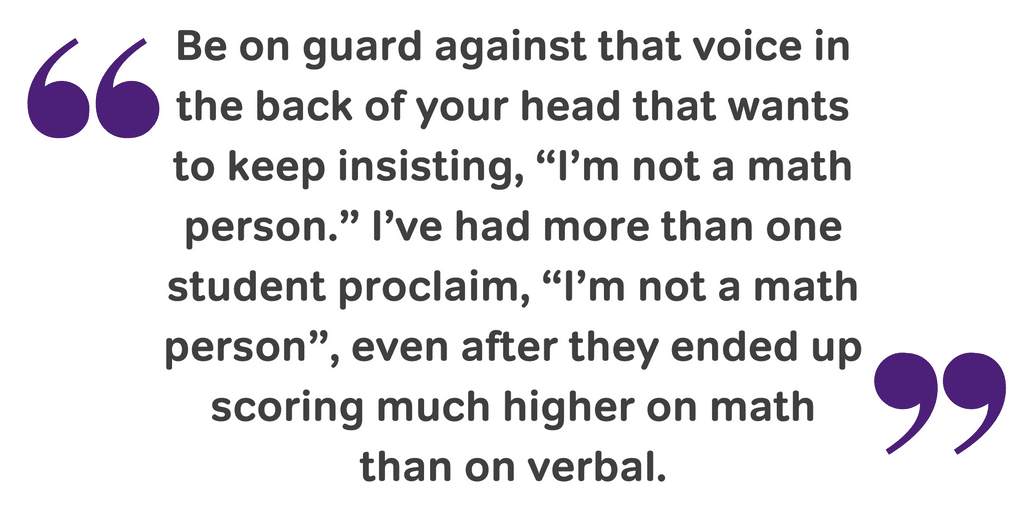

Are there some formulas I have to know?
Even though the GRE math, by and large, tests your ability to crack problems, you should still have at your disposal a wealth of math formulae. While that may sound very daunting, the number of formulas you actually have to know can fit on a few pages. By no means is this tantamount to the wealth of formulas that abound in a high school trigonometry book.
Here are the formulas you need to know: Magoosh GRE Formula eBook

So there aren’t any formulas that we’re automatically given, like on the SAT?
It is almost comic how an SAT student can be pulled out of the 30-60-90 triangle doldrums by a few simple words: “The formula is at the beginning of the section.” That same look of rapture is, sadly, very different from the look a typical GRE student wears as he begins the quantitative section. In other words, the GRE will provide no formulas; the only formulas will be the ones in your head.
To battle the no-formula dread, write down a few formulae at the beginning of the section–especially the ones that are difficult for you to conjure on the spot. Sure, doing so may cost you 30 seconds, but desperately trying to extract the formula for a sphere’s volume may likely cause you to miss the problem–and lose your rhythm. (Not to be the bearer of more bad news, but I should probably mention that you can’t write down anything on scratch paper before the test begins).


How do I use the calculator? What does it look like?
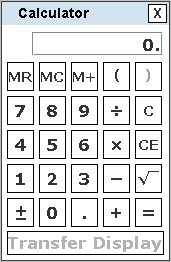
Though one might expect the writers of the test to try to thwart you at every turn, the on-screen calculator is surprisingly easy to use. A good way to get a hang of it is to practice using PowerPrep II. Magoosh also provides an onscreen calculator that faithfully mimics the one you’ll see on the test. Come test day, using the calculator should become second nature.
Here is a great post with more pictures and information about the calculator.
Some quick facts: you can type in numbers to save time, you may or may not have a separate number keyboard (depends on your test center, call ahead to ask!) on your computer, and MR, MC, M+?
Also, I’d really recommend reading up on calculator strategies for test day.

Should I always use the calculator?
What could be better than having a calculator? Simply punch the numbers in and out comes the answer. Well, usually that’s the case. Always running to a calculator, however, can knock you out of your rhythm. For one you have to transcribe the numbers that you’ve written down or that are on the screen into the calculator. In a rush, you can often enter the wrong numbers.
Now, look, I’m not discouraging the use of a calculator on a question that requires that you to multiply large numbers. But if you are sweating through a tough Data Interpretation question, instead of mis-entering (324,500 – 141,000)/610,000–which can easily happen with all those numbers–either approximate the answer, or simply eyeball the bar charts and estimate the percent difference.
The key is the GRE rewards those who think outside of the box–or the calculator, in this case. Using estimation and quick mental math not only saves time but also helps you avoid flubbing a bunch of numbers when you try to enter them into a calculator. Here is a post that helps you practice when to use the calculator on the GRE (practice problems included!)

Pacing on the math section
Just like the questions on the verbal section, every question on the math section is weighed the same. And just like the verbal section, there will be certain questions that you may want to skip and leave for later.
Deciding which questions to skip depends on your weak spots. For instance, if Combinatorics makes you break out into a cold sweat, skip the combinations problem all together. Which allows me to segue to my next point: unless you are trying to get a 165+ on math, you don’t even have to approach every question, especially the ones that are 100% likely to make you flustered, and only about 20% likely to result in a correct answer. Just remember to always put an answer for each question–there is absolutely no penalty for wrong answers.

How do I get a perfect score on the Math section?
Getting a perfect score on math is a balance between intense focus and consummate preparation. It also helps if you’ve been studying in a math-related field. That said, many outside of math attain perfect scores, while many math-y students do not.
Surprisingly, one’s ability to solve fiendishly difficult combination problems in less than 90 seconds may have less to do with a perfect score, than one’s ability to avoid making careless mistakes. That’s right–always check your work.
Another key to attaining the holy grail of test prep is to use material that is as difficult or more difficult than the questions you’ll see on the test. You will want to check out the GMAT math problems–which can be even more difficult than GRE questions–and use some of the tougher GRE quant resources, such as Manhattan GRE, Magoosh, or Nova’s.


Do I get scratch paper?
The GRE math section is already tough enough. Forcing students to do math in their heads would be downright inhumane. Luckily, you get unlimited access to scratch paper–as well as a seemingly inexhaustible supply of razor sharp number two pencils (not to mention a calculator!). Typically, you’ll get a few pieces of scratch paper to start. If you run out, just raise your hand and the proctor will come by with more pieces of paper (so as not to waste any time, you should replenish your scratch paper supply during the scheduled break). Try these tips for using your scratch paper wisely!

GRE Quantitative Reasoning Practice
Now that you understand the basics of GRE math, it’s time for some GRE Quantitative Reasoning Practice. Because, as we all know, understanding the concepts is one thing — successfully tackling them is quite another.
Lessons that teach you the concepts:
Magoosh offers some of our premium lesson content for free so that you can see if we’re a good fit for you. Try your hand at some of our free Math lessons for a little extra Quantitative Reasoning prep and practice. The image below shows you what Magoosh lessons look like:
Math formulas to memorize:
Magoosh GRE Math Formula eBook
This eBook is a compilation of must-know GRE math formulas. Knowing frequently-tested math formulas by heart will help you improve your Quantitative Reasoning speed on test day. Just be sure to practice using them!
Challenging math problems with explanations:
For additional practice, complete with video explanations for each practice problem, sign up for Magoosh GRE Prep!
Editor’s Note: This article was originally published in May 2013 and has been updated for freshness, accuracy, and comprehensiveness.



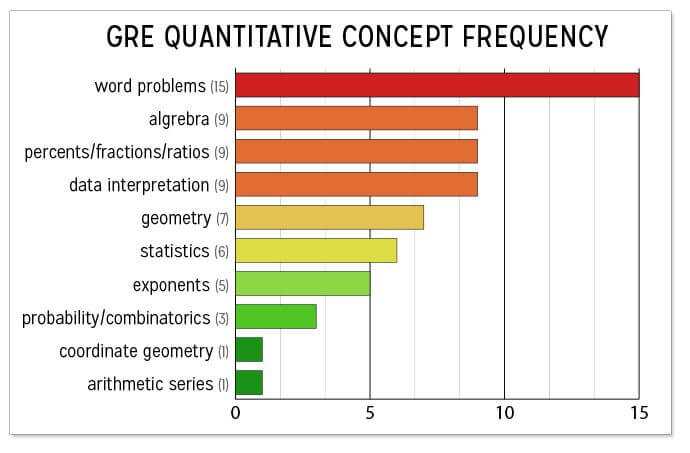




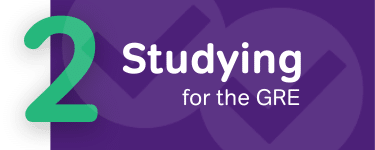
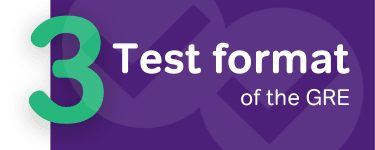
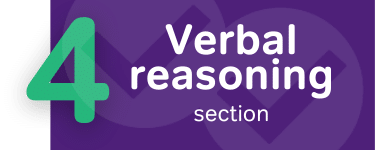
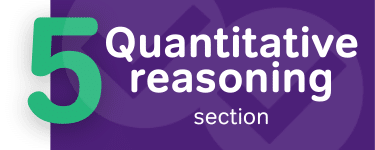
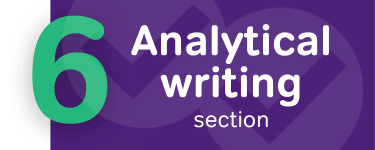

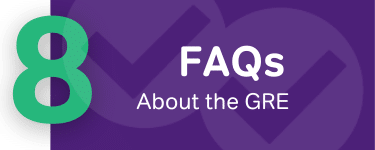
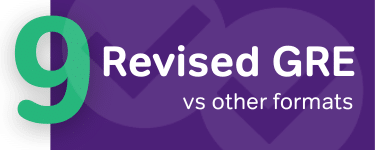
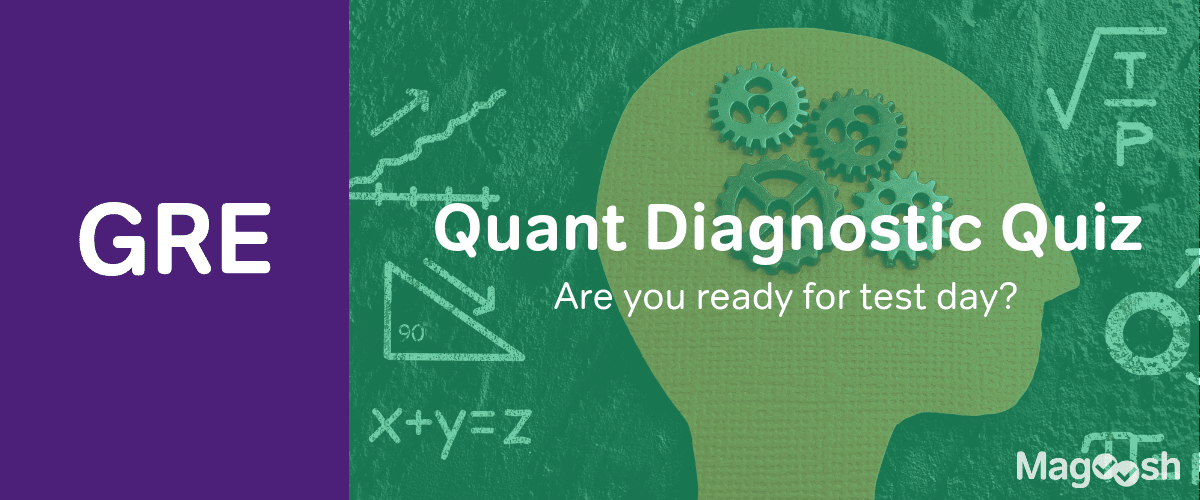
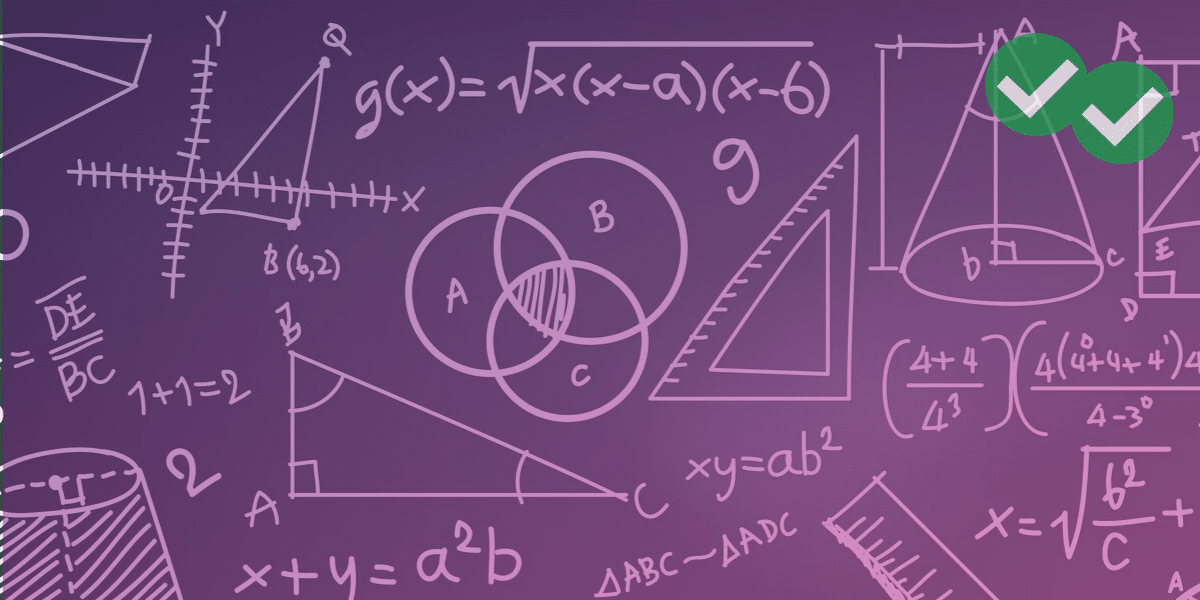
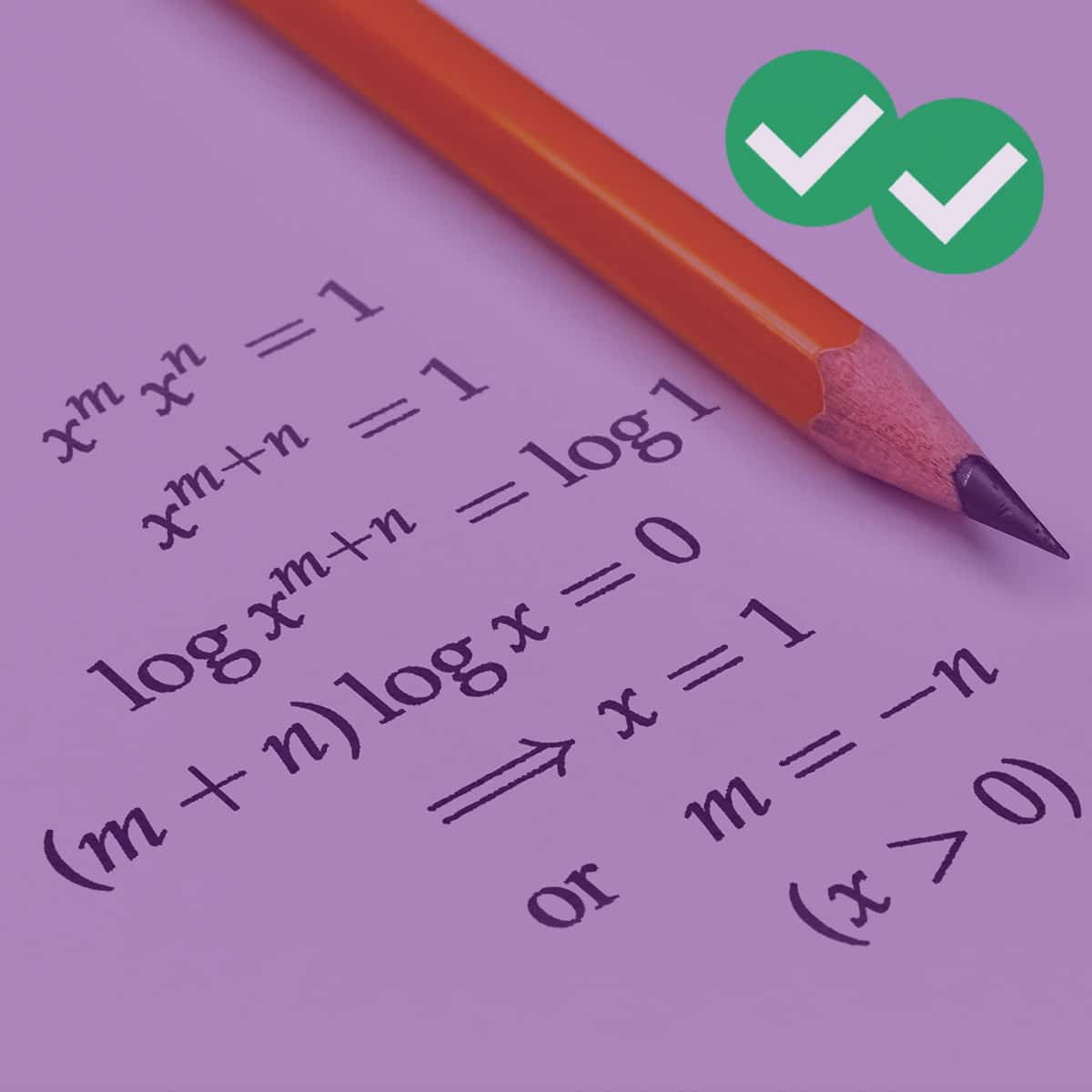
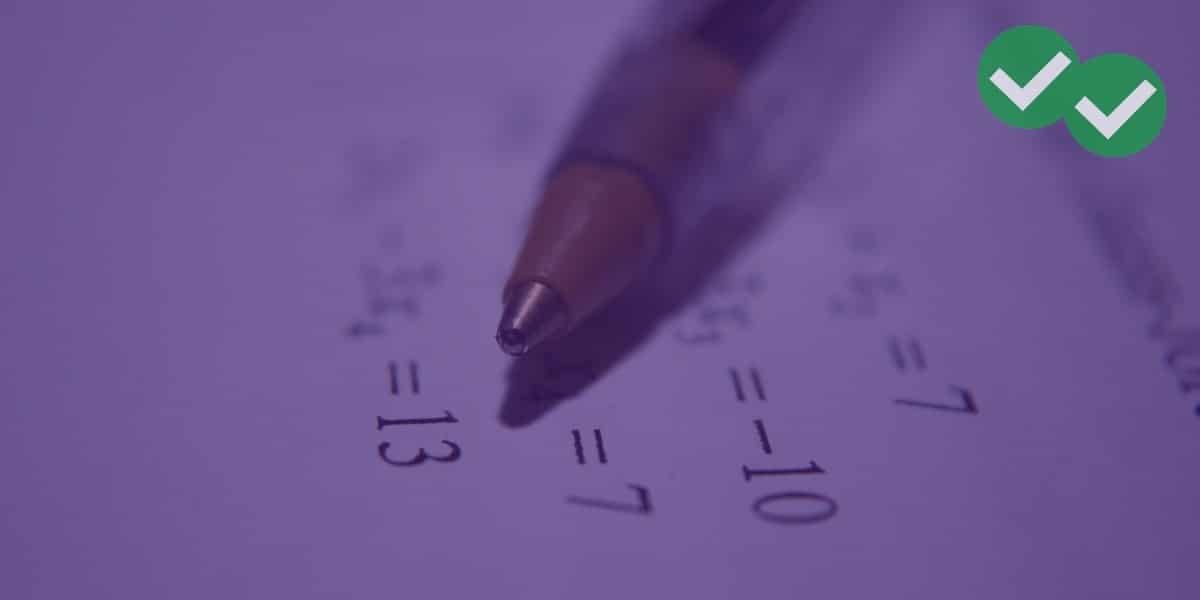
Leave a Reply